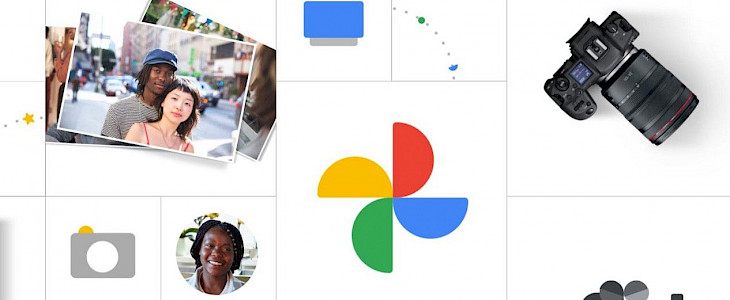
Google Photos will very soon have a cool new feature: if you take two identical photos with your phone's camera, the app will be able to merge them into an interactive, moving picture.
Google Images will soon be able to transform your still shots into animated photos. It creates frames between two identical images using machine learning.
It accomplishes this by synthesizing movement between the two shots using machine learning. Between them, Google creates new frames, resulting in a "vivid, moving image."
Google's Shimrit Ben-Yair described this as something that parents would appreciate because it allows for multiple attempts at the same shot.
According to Ben-Yair, the new feature is called "cinematic moments" and will function on both Android and iOS.
Google also introduced a new locked folder feature that allows you to hide your most important photos behind a password or thumbprint-protected folder.
The Google Photos app will soon allow you to hide specific individuals or periods of your life from its "memories" to help avoid unwelcoming reminders of the past.
What is Google Photos?
Google Photos is a Google-developed photo sharing and storage service. It was announced in May 2015, and it is a spinoff of Google+, the company's previous social network.
Google Photos' free tier allows users to store an unlimited number of photos and videos up to 16 megapixels and 1080p quality (anything larger gets down-scaled to these sizes).
After the expiry of the free tier, photos and videos will be counted against the 15 GB free storage limit spread through the user's Google services, while existing Pixel owners will be unaffected.
The service analyzes images automatically, recognizing different visual features and topics. Users can look for something in pictures, with results coming from three main categories: people, places, and stuff.
Google Photos' computer vision recognizes faces (not only human faces, but also those of pets), grouping them together (this function is only available in some countries due to privacy laws); Eiffel Tower and other geographic landmarks; and subject matter, such as birthdays, houses, livestock, food, and more.
The Photos service uses various types of machine learning to recognize photo contents, automatically create albums, animate related photos into fast videos, surface past memories at significant times, and enhance the photo and video quality.
Google Photos received several updates in May 2017, including photo-sharing reminders and suggestions, shared photo libraries between two users, and physical albums. Photos suggested collections based on a person's face, place, journey, or other distinction.
According to Google, approximately 28 billion images and videos are uploaded to the service every week by 2020, with over 4 trillion photos saved in total.





